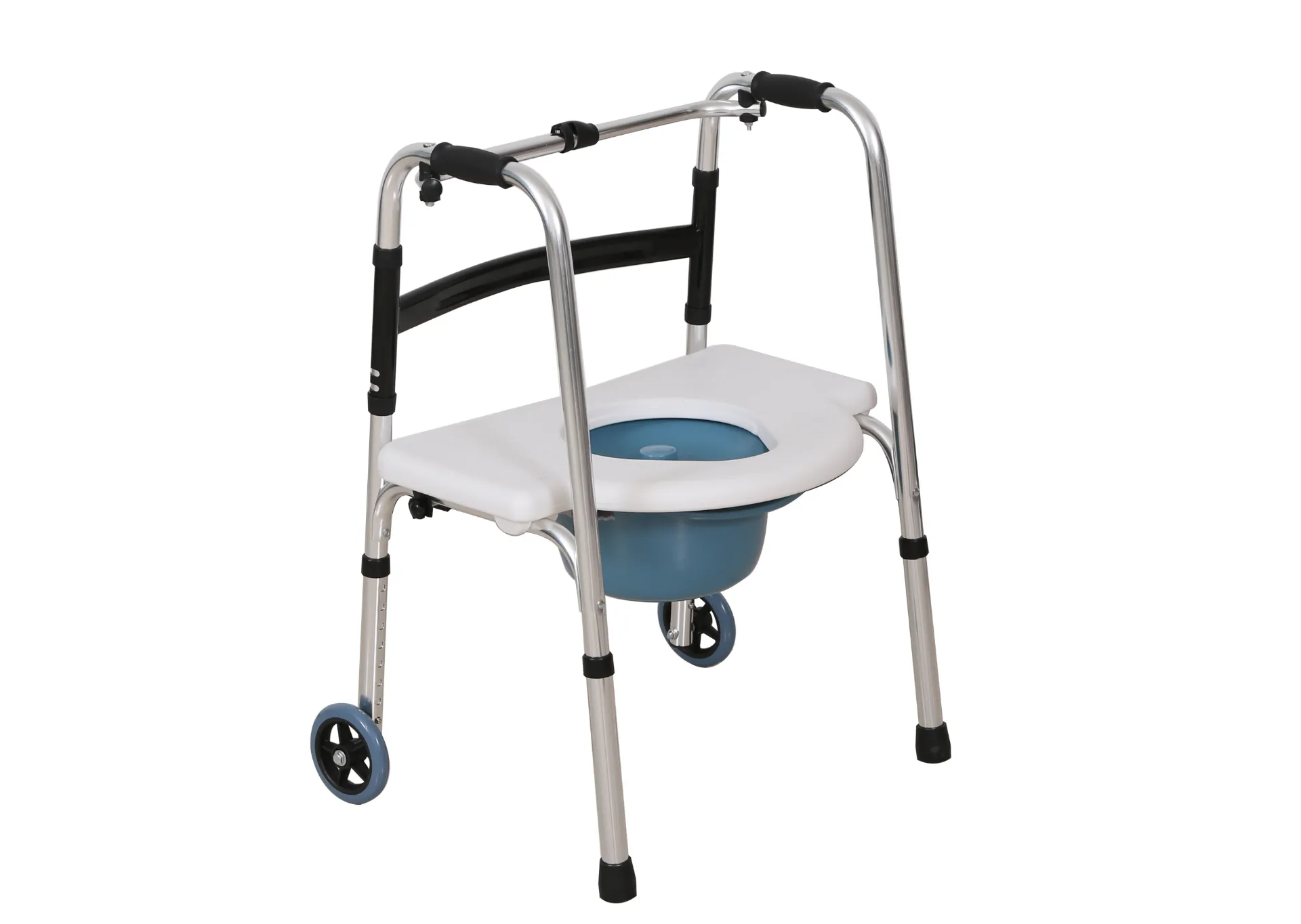Welcome to our websites!
Exploring the Benefits and Uses of Rollators for Mobility and Independence
Understanding Rollators A Comprehensive Guide
In the world of mobility aids, rollators have emerged as a preferred choice for many individuals seeking support and stability. A rollator is a walking frame with wheels that provides users with the freedom to move about more comfortably and safely. This article explores the advantages of rollators, their different types, and considerations for choosing the right one.
One of the primary benefits of a rollator is its design, which combines ease of movement with safety features. Unlike traditional walkers, rollators are equipped with four wheels, making them easier to maneuver. Users can push or pull the rollator and rest on its built-in seat when tired. Most models also come with hand brakes, providing extra control during stops, which is essential for preventing falls.
Rollators vary in design and functionality, catering to different needs. Standard rollators are lightweight and easy to fold, making them convenient for transportation. Heavy-duty rollators are built to accommodate larger individuals, offering enhanced support and stability. Additionally, there are specialized models, such as those with larger wheels designed for outdoor use, which can navigate rough terrain more effectively. Some rollators even come with features like storage baskets, allowing users to carry personal items conveniently.
the rollator

When considering which rollator to choose, several factors must be addressed. Height adjustment is crucial to ensure the user can walk comfortably without risking back strain. It’s also essential to consider the user’s mobility level. For those with minimal strength, a rollator with more robust wheels and a sturdy frame may be necessary, while individuals with better balance might prefer a lighter model. Furthermore, the width of the rollator should be appropriate for the user’s frame and the spaces they navigate, ensuring it can fit through doorways and narrow passages.
Maintenance of a rollator is relatively simple, but it’s vital to periodically check the brakes, wheels, and overall stability to ensure continued safety and functionality. Users should also receive proper training on how to use the rollator effectively, including how to navigate curbs and uneven surfaces.
In conclusion, rollators serve as invaluable tools that enhance mobility and independence for many individuals. By understanding the types of rollators available and the factors to consider when selecting one, users can make informed choices that best suit their needs. With the right rollator, individuals can regain confidence in their mobility, making everyday activities more accessible and enjoyable.
-
Transforming Healthcare with Hospital FurnitureNewsJun.24,2025
-
Rehabilitation EquipmentNewsJun.24,2025
-
Mobility and Independence with WheelchairsNewsJun.24,2025
-
Freedom of Mobility with Our Rollator WalkersNewsJun.24,2025
-
Comfort and Independence with Commode ChairsNewsJun.24,2025
-
Bathing Safety and Independence with Shower ChairsNewsJun.24,2025
-
Navigating the Wholesale Landscape of Electric Mobility Solutions: Key Considerations for Power Wheelchair DealersNewsJun.10,2025











